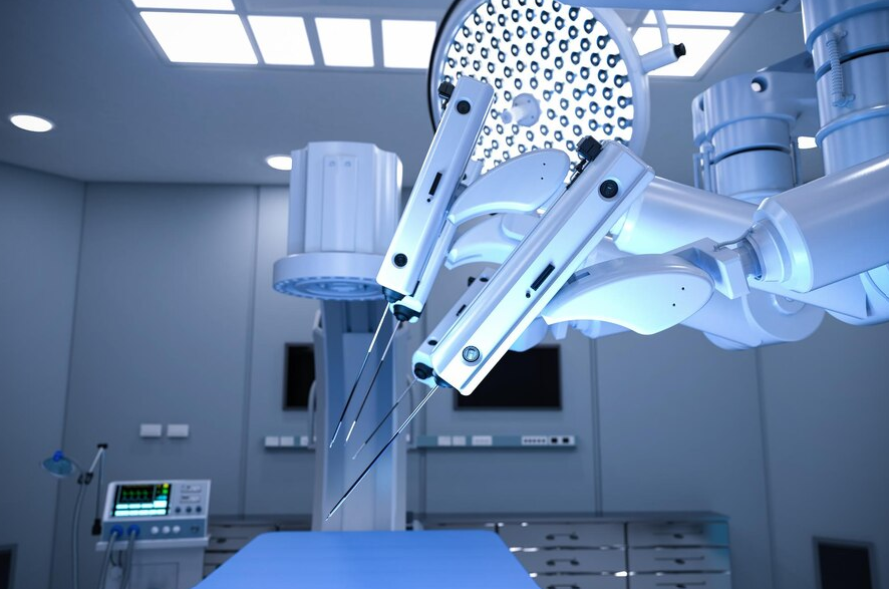Robotic Surgery for Prostate Cancer: Precision and Patient Benefits
Prostate cancer stands as one of the most prevalent cancers among men, propelling advancements in medical technology. Robotic surgery, often executed through the da Vinci Surgical System, has emerged as a pioneering approach in managing prostate cancer. In this article, we delve into the realm of robotic surgery for prostate cancer, exploring its techniques, benefits, and impact on patients.
Understanding Robotic Surgery for Prostate Cancer:
Robotic surgery signifies a notable departure from conventional open surgery methods. It constitutes a minimally invasive approach that empowers surgeons to execute precise procedures with the aid of robotic instruments through small incisions. Within the scope of prostate cancer treatment, robotic surgery predominantly serves for radical prostatectomy—the complete extraction of the prostate gland and surrounding pelvic lymph nodes, says Dr. Dushyant Nadar, best Robotic Surgery Urology Doctor in Noida.
Key Aspects:
- Enhanced Precision: Robotic systems furnish surgeons with a three-dimensional, high-definition, and magnified view of the surgical site, offering unparalleled precision and dexterity. The robotic arms execute intricate movements akin to the human hand, enabling prostate cancer surgeons to perform complex maneuvers with heightened accuracy.
- Minimally Invasive Approach: In stark contrast to traditional open surgery necessitating large incisions, robotic surgery adopts small, minimally invasive incisions, typically less than a centimeter in size. These diminutive incisions translate to diminished tissue trauma, reduced pain, minimal blood loss, and expedited recovery periods.
- Shorter Hospital Stays: Patients undergoing robotic prostatectomy typically experience shorter hospital stays, often being discharged within a day or two compared to 5-7 days in cases of open surgery. The minimally invasive approach facilitates a swifter return to normal activities and daily routines.
- Reduced Risk of Complications: Minimally invasive robotic surgery correlates with a lower risk of infection, diminished pain, and a decreased likelihood of developing complications such as hernias or wound-related issues.
- Faster Recovery: Patients commonly undergo a faster recovery period and encounter less post-operative pain following robotic surgery. The diminished requirement for pain medication fosters a more comfortable and efficient recovery process.
- Improved Cosmetic Outcomes: Robotic surgery yields smaller, less conspicuous scars compared to open surgery, thereby enhancing cosmetic results.
- Enhanced Functional Outcomes: Numerous studies have substantiated that robotic surgery for prostate cancer can yield exceptional cancer control rates while conserving urinary and sexual function in many patients. The restoration of urinary continence and erectile functions is notably favorable due to the preservation of neurovascular bundles and urethral sphincters, achievable only through a minimally invasive approach.
Robotic surgery for prostate cancer epitomizes a paradigm shift towards precision and patient-centric care. It endows patients with the advantages of a minimally invasive approach—swift recovery, diminished pain, and functional preservation—while concurrently achieving exemplary cancer control outcomes. With ongoing technological advancements, robotic surgery for prostate cancer is set to play a crucial role in improving the lives of those diagnosed with this common malignancy.
For any queries or concerns, consult Dr. Dushyant Nadar, best Robotic Surgery Urology Doctor in Noida and schedule an appointment at +91-9811526346 or visit: www.urologistdrdushyantnadar.com.


Comments are closed